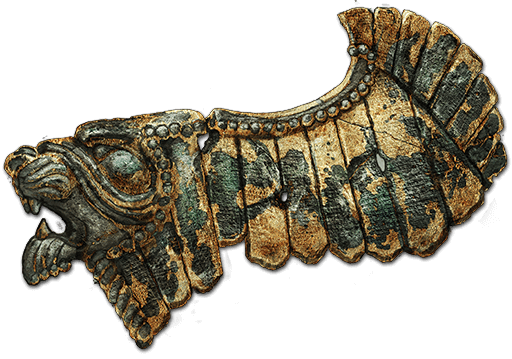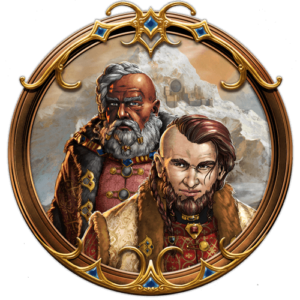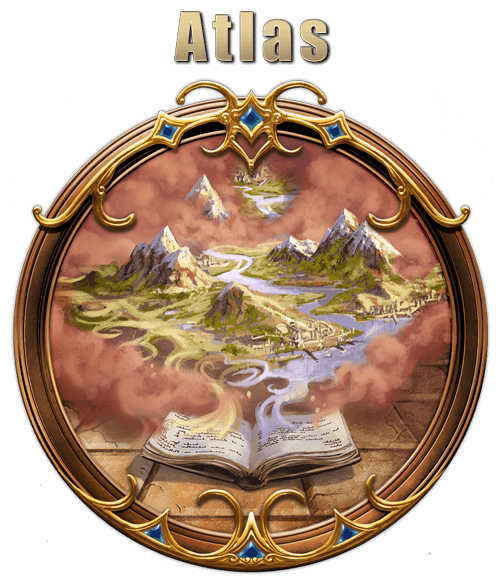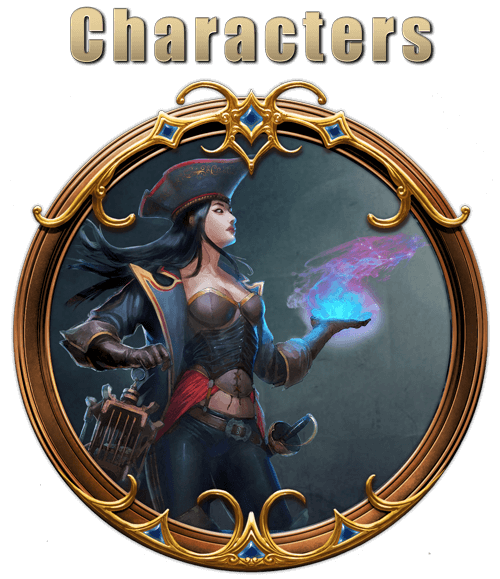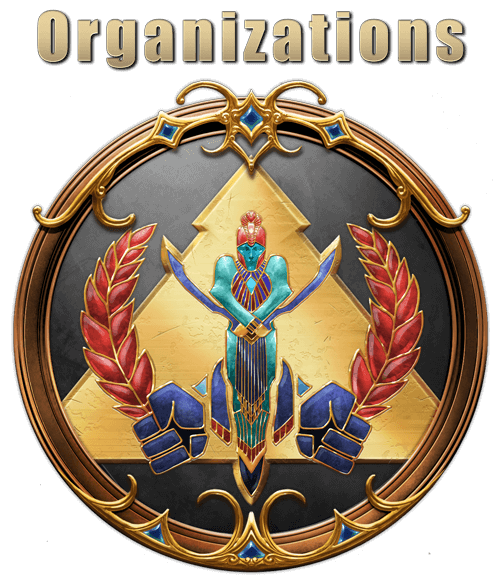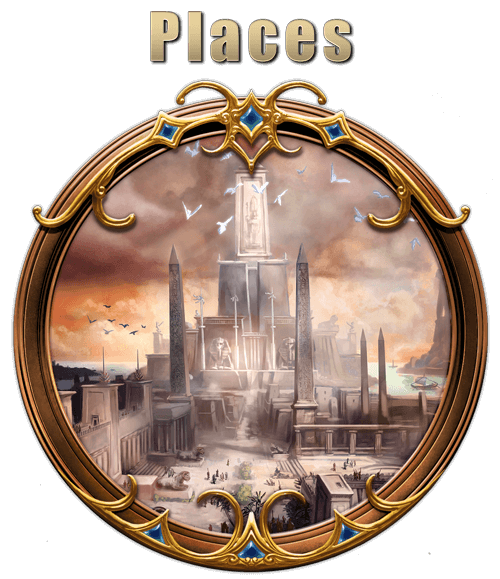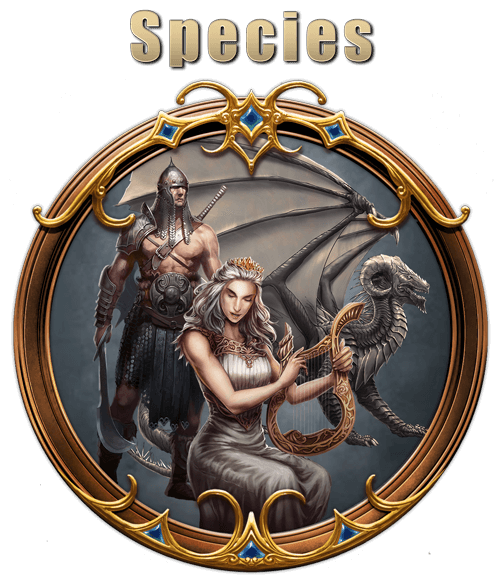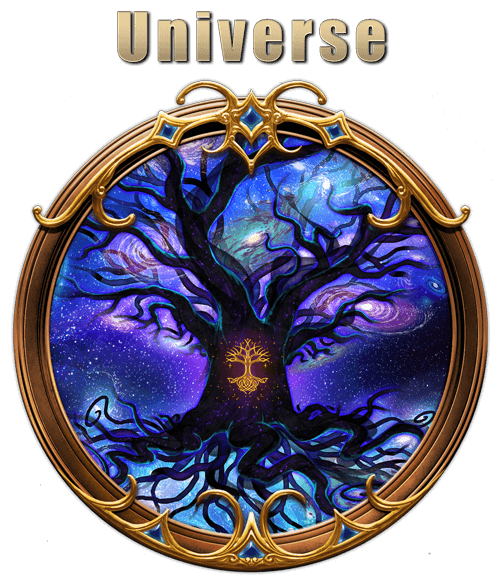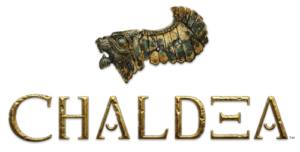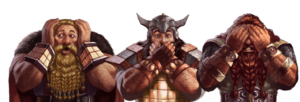D W A R V E S OF C H A L D E A
Dwarves are, on average, a bit shorter than humans—standing between 4’ and 5’ tall—but are also broader in the shoulders and strong for their size. They are known for their skills in battle, mining, architecture, banking, minting, crafting, distilling, and subterranean lore, and are acknowledged as unsurpassed artisans of stone, minerals, and gemstones.
Dwarves are slow to develop friendships, but they are steadfastly loyal to those who manage to become close to them. They tend to be gruff and distant, but once they start drinking, they can be quite amiable. They sing deep, haunting songs, usually without musical accompaniment, sometimes doing so in mines to the beat of hammers and chisels. Dwarves abhor slavery; during wartime, they will either kill their prisoners or release them once hostilities have ceased.
Dwarves hate dragons the most and orcs almost as much. They tolerate humans, and they are envious of elves. They tend to like halflings.
The “common tongue” of Chaldea is Dwarven in both oral and written form. Dwarves take great pride in this, but they also hate it when humans inevitably miss the nuances of the language.
Dwarven Infertility
Dwarves are mammals with male and female counterparts. They mate, have babies, and nurture their young much as humans do, although they give birth less often and multiple births are extremely rare.
Since Emperor Kordaava was coronated, however, no dwarven children have been born. Many dwarves believe Set has cursed their race, and this has led to much controversy among their kind.
Clans and Crofts
Dwarves are somewhat rare in Chaldea. One could easily walk through any major city and not see one. They represent less than one percent of Chaldea’s total population, and they tend to keep to themselves. Dwarves are very clan-oriented, and each clan lives in a croft. While the term originally referred to a small farm, today dwarven crofts can be vast fortified communities rivaling the size and industry of a modest-sized human town. Many of these crofts are “the tip of the iceberg,” protecting large underground security vaults and/or mining operations.
Only dwarves live in a dwarven croft, although one might find other races visiting, if they are friends, business associates, or employees. Dwarven clans are a complex social network of duty and oath. Oaths and duty weave a tight net that holds a clan together through thick and thin. This emphasis on clan duty and oaths developed over the millennia as a way for dwarves to combat the vices that tend to plague their nature: greed, alcoholism, and even violence. Each year, every dwarf is expected to return to their clan croft for Clan Week, a week of family reunions, weddings, celebrations, games, feasting, and ultimately, the public renewal of their clan oaths.
From time to time, however, individual dwarves find themselves at odds with their clans. Usually this is because they have broken an oath to the clan and succumbed to excess drinking, abusive behavior, or greed. In the worst of these cases, dwarves will be cast out of their clan. These outcast dwarves not only must leave their clan, but no one in this clan or any other clan will henceforth have anything to do with them; they are not just exiled from their family but from all dwarven society. Outcasts usually embrace all that is the worst dwarves have to offer and become outlaws or mercenaries, living in the slums and on the fringes of human society.
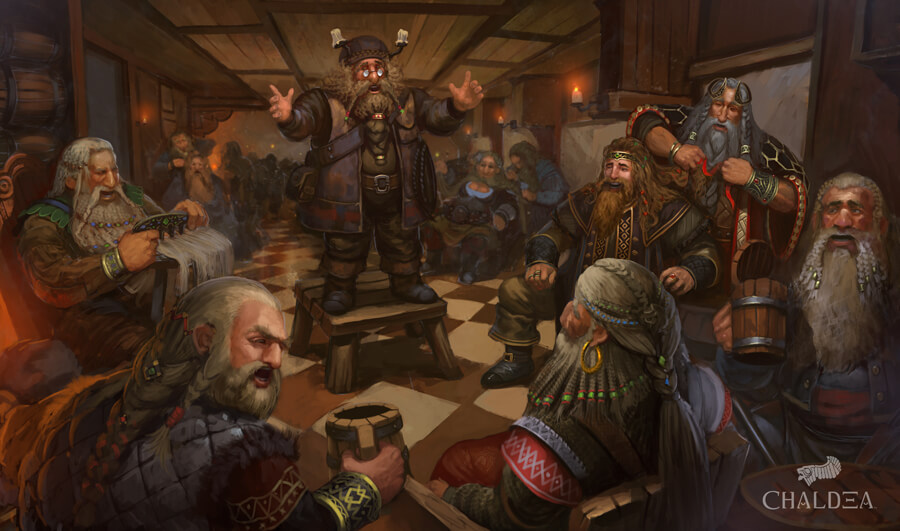
Dwarven Homeland
Many of the dwarves who survived the Claw Hammer War did so by digging deeper into the earth. They dug so deep, in fact, that they discovered a new subterranean world, the world they originally came from. Most survivors of the war moved here.
During the millennia since the Claw Hammer War, a group of dwarves will from time to time gather together to take the long and perilous journey to this place. These sojourns are grand affairs called rootings. The dwarves who leave never return, presumably because they have reached some sort of dwarven paradise.
Human and elven scholars debate whether the Dwarven Homeland truly exists. Do the dwarves who go on rootings truly find paradise, or do they search forever until they die of exhaustion or worse?
Dwarven Wealth, Banking, and Minting
For a thousand years, dwarves have been leaving the surface world of Chaldea to seek the Dwarven Homeland. And for a thousand years, the dwarves who leave the surface leave their lands and wealth to the dwarves who remain.
The dwarven clans that remain in Chaldea are fantastically wealthy. They possess vast land holdings far in excess of the land they use. Because of their long lives, they can take a slow and long-term view that gives them great advantages in real estate management. They love to build great palaces and monuments for human aristocracy and rent these buildings to humans at very reasonable rates. The accumulation of these high-end rental properties over several centuries, combined with the inheritances left them by those who have gone rooting, has served to concentrate much wealth in the hands of this race.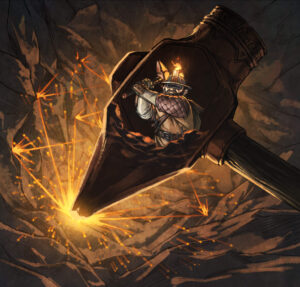
Further, dwarven tendencies toward greed have led dwarves into careers of banking, minting, and moneylending. The dwarves manage the Central Banking system of the Empire, and two of the most prominent dwarves of Chaldea are Consuls of the Senate. Garl Goldwise Steadfast is the Imperial Consul of the Central Bank, responsible for all banking operations in the Empire, while Grantal Geldzahn, Imperial Consul of the Treasury, tracks monetary flow and account balances of the various offices of the government.
The Dwarven Age
At one time, the dwarves were the only intelligent race in Chaldea. This time is called the Dwarven Age; it lasted from an estimated 6,000 years ago until roughly 1,000 years ago, when the dwarves were nearly destroyed by the dragons in the Claw Hammer War.
Today’s dwarves are famed for their love of mining and subterranean life. But it wasn’t always this way. The oldest dwarven settlements are almost entirely surface dwellings with evidence of goat herding, gardening, and hunting. The oldest evidence of dwarven mining dates back to 3,480 years before Kordaava in the ruins of Hardst, near present-day Gloggu, where dwarves mined tin for use in alloying with copper to smelt bronze. The discovery of metal smelting ignited a hidden passion amongst dwarves, for there are at least a dozen dwarven mining sites that date back to this millennium and over a hundred dating to the millennium after, two of which are still operational.
By the time of the Claw Hammer War, dwarves lived something of a hybrid existence—part surface dwellers, part subterranean. And their cities, towns, and mining settlements were ubiquitous across the continents of Tamica and Niessia. The fact that dwarven settlements pre-dating the Claw Hammer War have never been discovered outside this land mass is testament to one thing about dwarves that has never changed: they don’t like sailing in boats, probably because they lack the buoyancy of humans and tend to sink like rocks.
The Claw Hammer War was nearly genocidal for dwarves. The dragons and their mercenary armies of orcs and humans nearly destroyed all the dwarves of Chaldea, driving their numbers to perhaps one percent of what they once were.
The Great Diaspora
Once the Claw Hammer War was over, the dragons and humans settled the surface of Chaldea, and the orcs settled the subterranean lands of Chaldea. The few surviving dwarves holed up in dwarven crofts and mines here and there, scattered all across Chaldea. Because of the recent hostilities, dwarves were subjugated by the humans and orcs, who vastly outnumbered them.
Because of this great diaspora, there is no “dwarven kingdom” in Chaldea. The lands of Chaldea are spotted with surface holdings of various clans, but each of these is inside some human kingdom. The closest thing to a dwarven kingdom is Stollhofen, where exists the largest population of dwarves in one place. Yet they are still a minority and their lands are rented from the humans who govern them.
Before the Dwarves
There is some scattered evidence of intelligent life in Chaldea that predates dwarves. There are caves in the great gorges of Ardaya that might have been homes to humans as far back as 10,000 years ago. In the Mountains of Chaos is evidence that Taxian mind-raiders came through the Veil during the Dwarven Age. And the Kaldi, a minority ethnic group of nomads in Himyar, claim to have been transported here on a divine desert wind thousands of years before the dwarves.
But if any of these theories and stories is true, none of these alternate civilizations left anything of substance behind. Clearly, the dwarves were the first civilization of Chaldea to create a lasting, undisputed footprint, and they were certainly the first race to fundamentally affect the culture of Chaldea today.
C H A L D E A P E D I A

